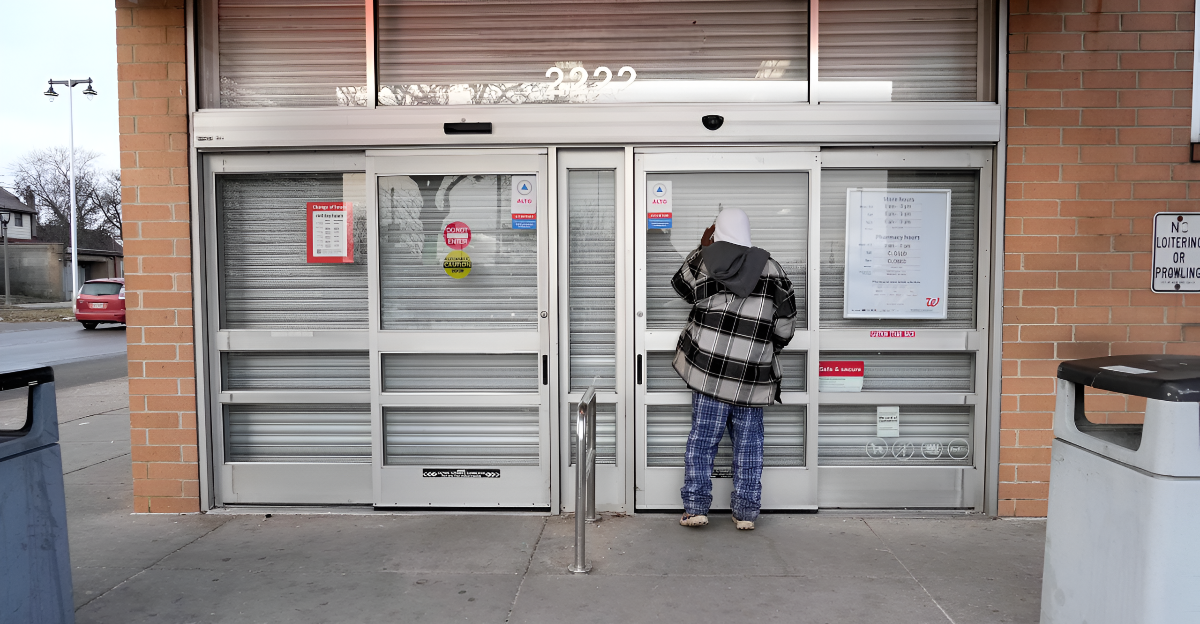
For generations, a common red-and-white sign on the corner of countless American neighborhoods marked a familiar place to receive prescriptions, replenish necessities, and chat with a friendly pharmacist.
That image is disappearing fast. One of the nation’s biggest chains of pharmacies hangs on the brink of disappearing almost entirely. The news shook communities to their core, raising questions and worries about where individuals will go for their medicine and healthcare needs.
But why did it happen so abruptly? What does it portend for millions of clients? This is the story of this mysterious pharmacy’s complicated downfall, whose effects are only now starting to roll out nationwide.
The Slow Fall of a Household Name
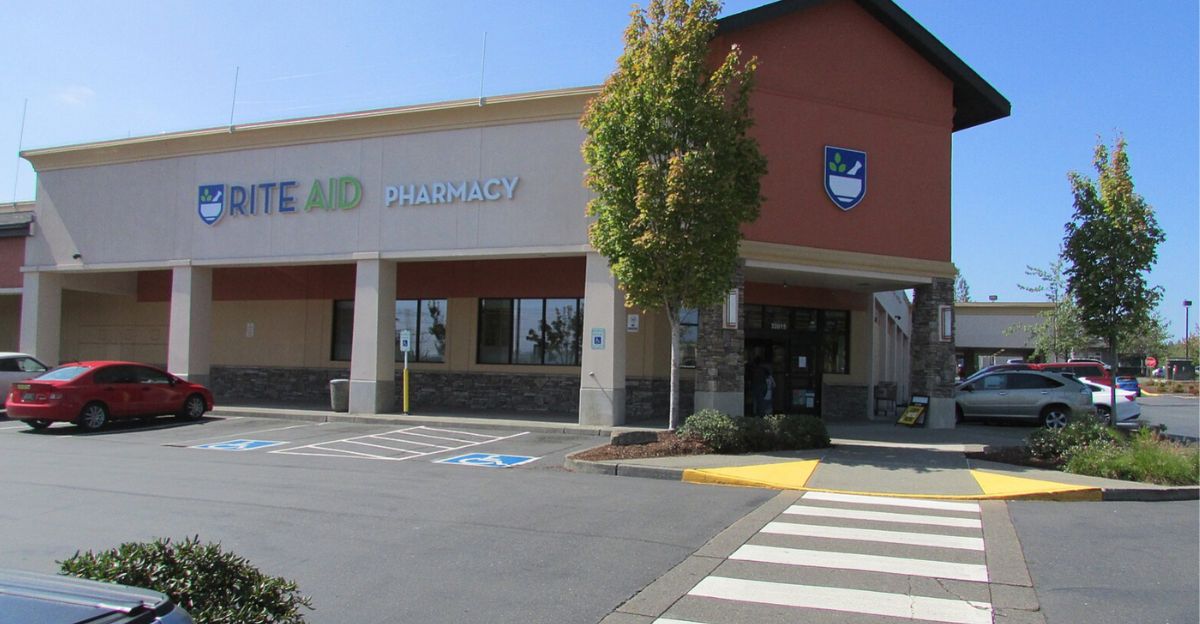
Once a retailing giant of the pharmacy world, Rite Aid has stumbled through multiple decades. It even went bankrupt before and tried to mount a comeback by shedding billions of dollars in debt.
And yet, still, financial woes continued. This latest bankruptcy filing is a wake-up call — the company can no longer remain in business throughout much of the country.
The closing of hundreds of stores nationwide is a precipitous withdrawal, jolting the retail pharmacy industry more than ever before.
Rite Aid’s Mass Store Closures Shock the Industry
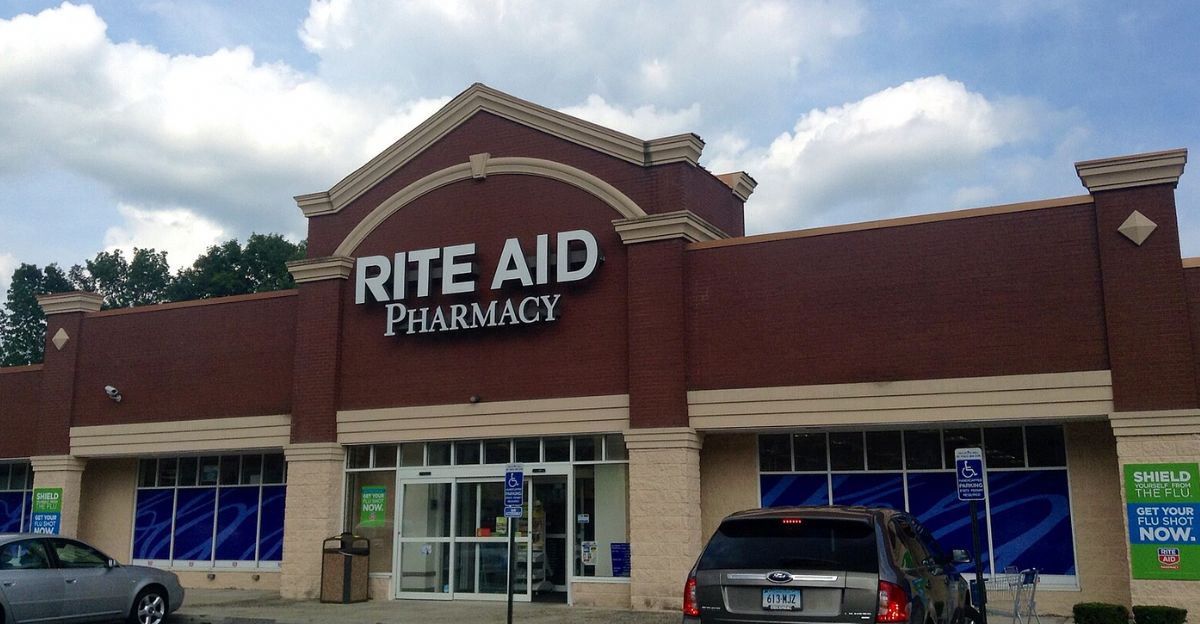
Rite Aid closed 142 stores in recent weeks, with additional closures pending. For patients, this means favorite destinations shutting down or being divested.
Dozens of communities now risk losing their neighborhood pharmacy, raising concerns about continuity of care.
The closures are not limited to retail—script businesses and pharmacy real estate are being transferred to the competition, creating further uncertainty. The shift could create ‘pharmacy deserts’ in certain neighborhoods, where drugs might be difficult to access.
Competitor Chains Will Be Positioned to Take the Place
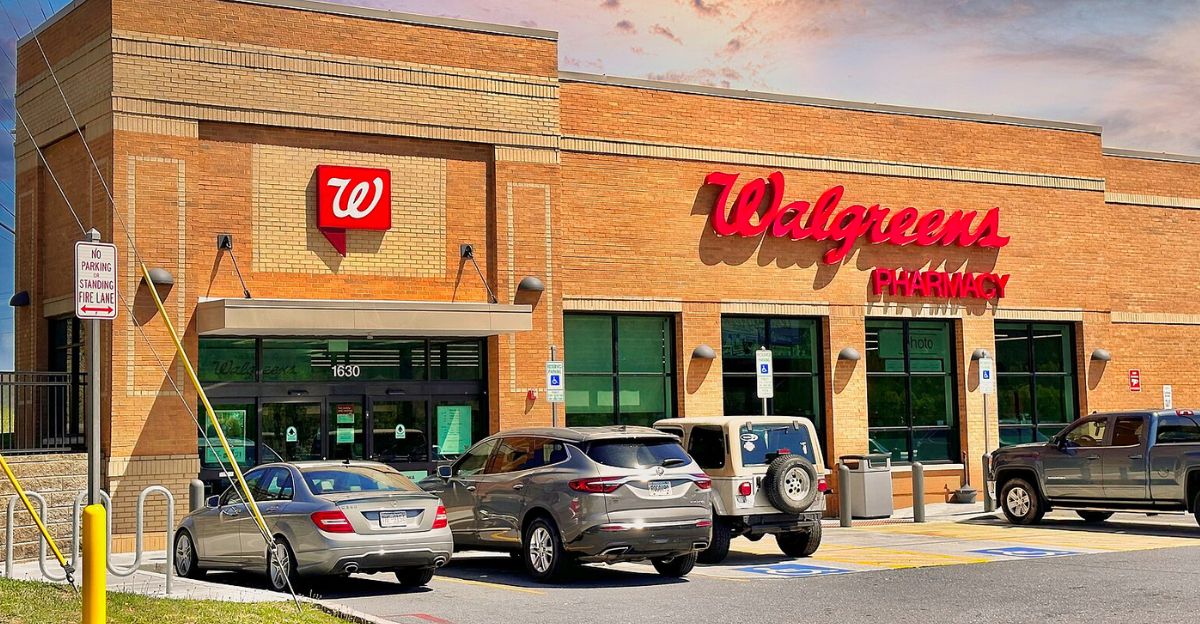
Large pharmacy competitors CVS and Walgreens will be the beneficiaries of Rite Aid’s business. Court filings show proposals by a number of chains that seek to buy prescription records and some store locations.
CVS alone will assume the prescriptions from 625 Rite Aid locations in 15 states. Walgreens and other foodstore chains such as Kroger and Albertsons are competing as well.
Though the change may satisfy some shoppers, it still requires court approval and smooth implementation—neither of which is guaranteed.
Ensuring Patient Medications Remain Accessible

Health officials and Rite Aid associates assert that patient prescriptions will not be lost or delayed during the switch.
The firm promises clients that their medications will be delivered safely to other providers. Pharmacists argue that competitors have an economic incentive to maintain continuity and prevent interruption, since such clients become theirs.
However, most consumers are worried, particularly those in regions where pharmacies are closing without immediate substitutes.
Shoppers Vent Frustrations, Concerns

Social media and online forums mirror increasing nervousness. Customers grieve the loss of a familiar neighborhood resource and the risk of dealing with the hassle of transferring prescriptions.
One Reddit user predicted a “prescription nightmare” and a potential “pharmacy desert” in her community. Others acknowledge uncertainty regarding where to find their medication after closures.
Rite Aid’s dumping of its loyalty program and gift card acceptance after June 5 only added fuel to the perception that the company’s slow disappearance into irrelevance is gaining momentum.
Rite Aid’s Challenges Mirror Industry Trends

The broader pharmacy retailing industry is also under pressure. Sales have been declining for years in the face of increasing competition from online pharmacies and big box stores.
Walgreens and CVS both shut down several hundreds of their own stores in recent years to meet evolving marketplace needs.
Added on top of that were opioid sales lawsuits and rising digital healthcare services that further tightened profit margins. The total market value of the three top chains fell from more than $100 billion in 2015 to less than $10 billion now.
Bankruptcy Brings Hard Choices

Rite Aid’s bankruptcy filing is a last resort to restructure and sell liabilities. The firm shrugged off $2 billion of debt when it went through a prior restructuring in 2023, but fiscal solvency was still out of reach.
Today, selling pharmacy assets to competitors is the way forward. That could mean Rite Aid soon disappears as a stand-alone brand in many locations, with its pharmacies absorbed into competitors or shut down entirely.
Impact on Employees and Communities

Not only are patients concerned about their medication. Employees are also feeling anxious. Rite Aid announced that it will try to retain a number of jobs for employees during the transition, especially where competitors are acquiring the business.
But job cuts will most likely take place as part of store closings. To communities, particularly those where Rite Aid was a source of healthcare access, the absence of nearby pharmacies could translate to longer travel or a delay in filling prescriptions.
Competitors Gear Up for Switch
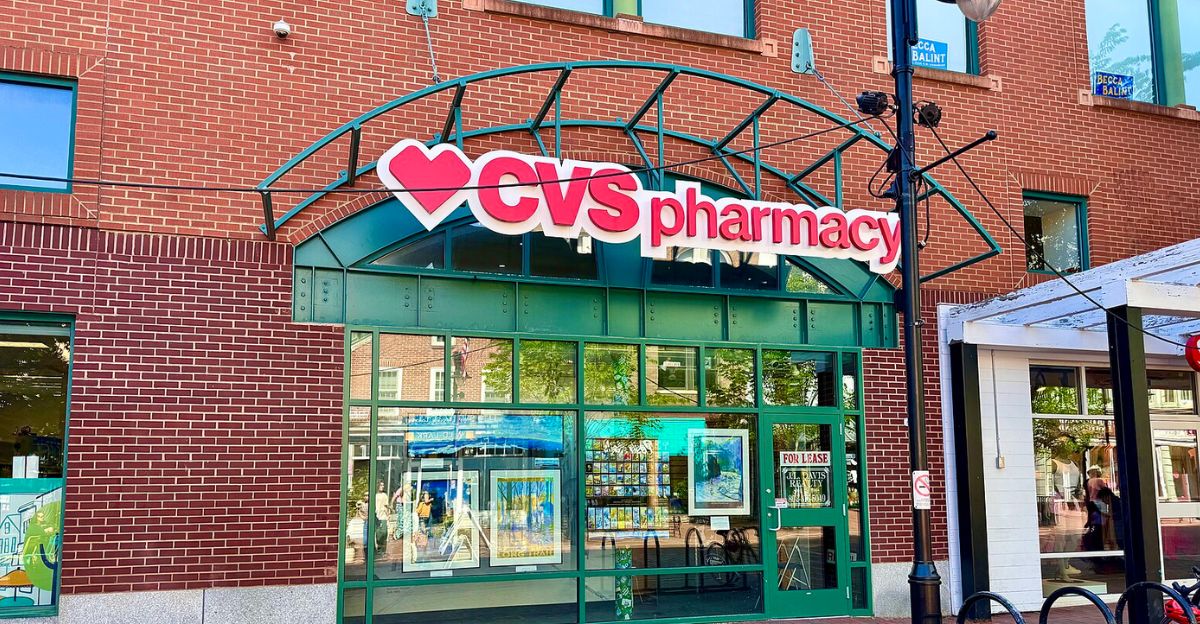
Walgreens and CVS both praise their capability to capture new patients and provide unbroken pharmacy care. CVS asserts that it is ready to serve current and future patients with a minimal amount of disruption.
Walgreens is similarly well-situated, with an emphasis on patient needs. However, analysts warn that CVS is strategically buying the most expensive prescriptions and, abandoning less desirable markets, and perhaps widening gaps in coverage.
Legal Approvals and Future Actions

All efforts to acquire Rite Aid properties must be ratified by the bankruptcy court. The legal process can last several months, with Rite Aid pharmacies generally staying open in the meantime.
Customers are asked to stay updated on developments and cooperate with their neighborhood pharmacies to roll over prescriptions as needed.
The complexity of such legal and logistical processes contributes to the uncertainty, and it will not be easy to project accurate time periods for closing stores or rebranding.
Digital Competition Drives Change

Mail-order prescriptions and online pharmacies have siphoned off foot traffic from in-person locations. Convenience is converting many to digital solutions, forcing brick-and-mortar chains to innovate or risk becoming obsolete.
Rite Aid’s struggles are proof of this larger industry change. CVS and Walgreens are catering to digital health but still haven’t abandoned in-person stores. The dwindling pharmacy presence is evidence of this uncomfortable balance in a changing healthcare environment.
What This Means to the Average Consumer

Adjustments for Americans dependent on Rite Aid may be daunting, but they’re manageable. There are options waiting to pick up new clients and adjust to new prescriptions.
Some will still have longer driving distances or new places to go. Awareness and action will enable customers to still have access.
Pharmacies, too, will likely adjust their services, blending digital and in-store services to meet evolving needs.
Looking Forward: A Changing Landscape of Pharmacy

Rite Aid’s precipitous fall may signal the beginning of the end for numerous communities. Its vanishing act will redefine the face of how pharmacy delivery of services is done in the country. Its competitors, regulators, and patients will have a voice in determining what happens next.
While the evolution is playing out, it’s clear that access to medication is a matter of urgent public interest, and ensuring that no one is left behind is something the industry needs to address nationally.
Discover more trending stories and Follow us to keep inspiration flowing to your feed!

Craving more home and lifestyle inspiration? Hit Follow to keep the creativity flowing, and let us know your thoughts in the comments below!
